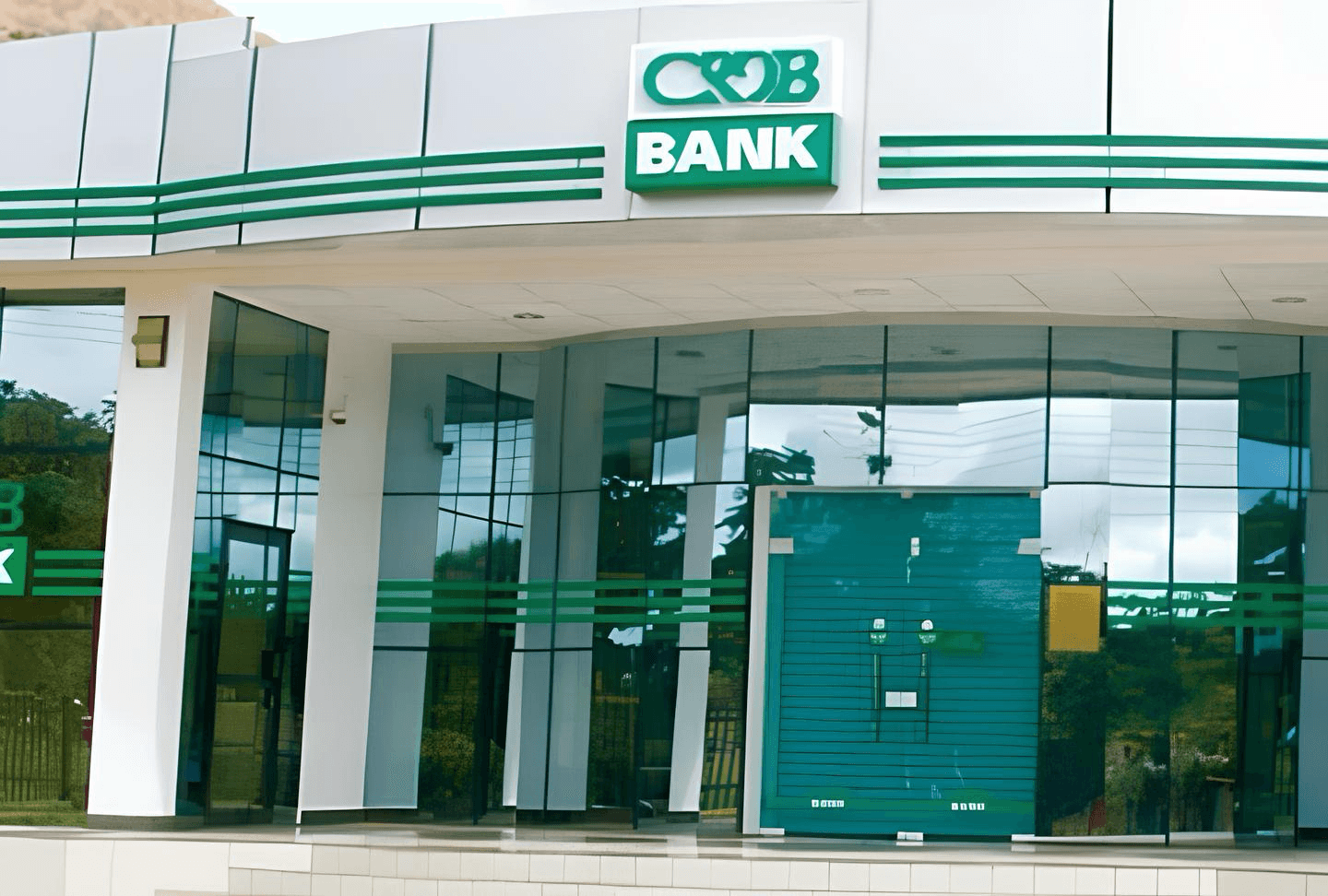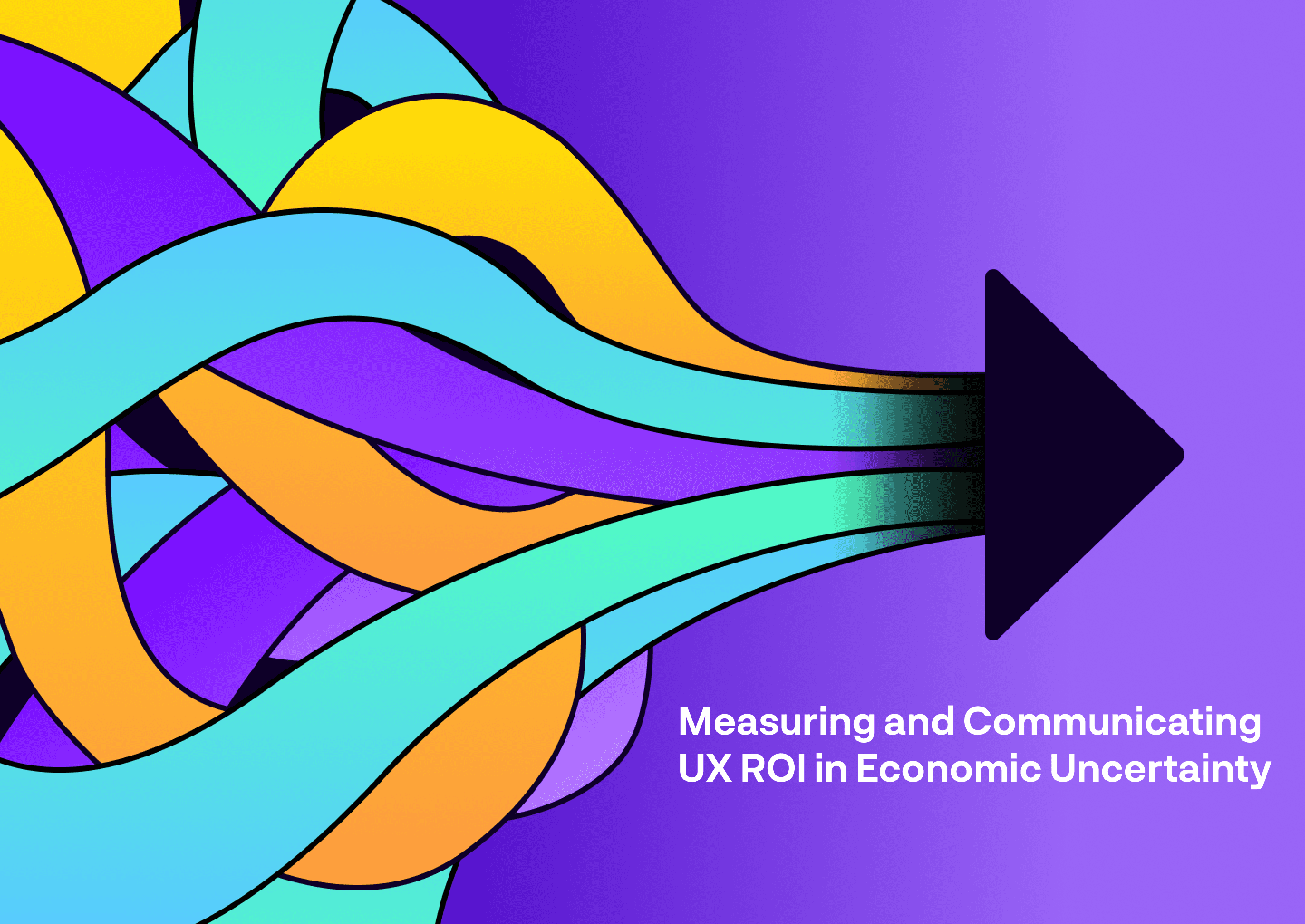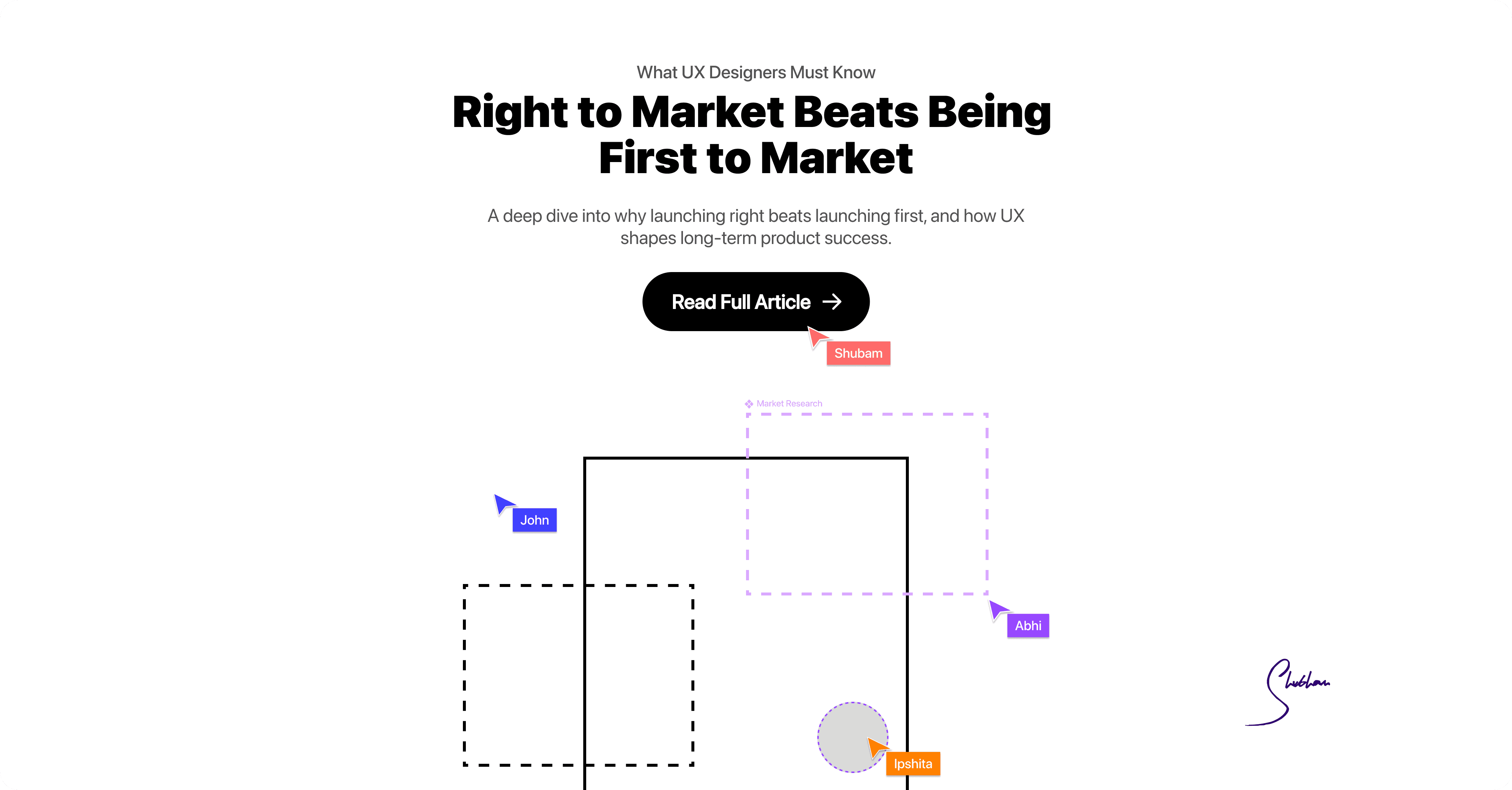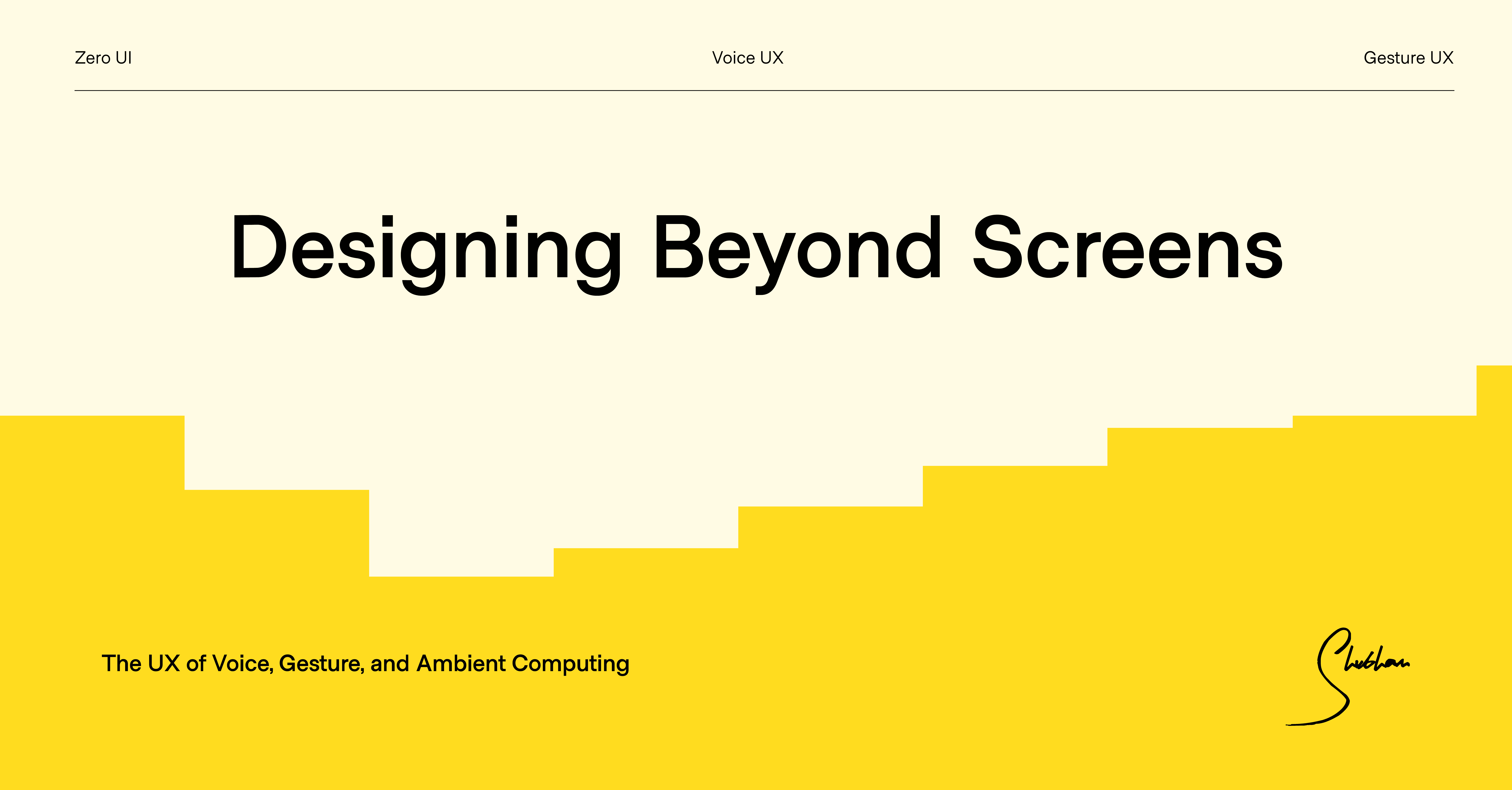Introduction
Design is not just what it looks like and feels like. Design is how it works. – Steve Jobs
In a world marked by economic uncertainty, businesses must find ways to remain competitive while optimizing costs. User Experience (UX) design has emerged as a critical tool for achieving this balance. By enhancing customer satisfaction, reducing operational inefficiencies, and driving revenue growth, UX investments can deliver measurable returns on investment (ROI). However, many organizations struggle to quantify and communicate the tangible value of these initiatives.
Why UX Matters During Economic Uncertainty
Economic downturns bring challenges such as reduced consumer spending, tighter budgets, and increased competition. Here’s why UX becomes indispensable during such times:
Cost Efficiency: UX reduces the likelihood of costly redesigns or post-launch fixes by addressing usability issues early in the design process.
Customer Retention: A seamless user experience fosters loyalty. Retaining customers is significantly cheaper than acquiring new ones, especially in competitive markets.
Competitive Advantage: Companies offering superior digital experiences stand out, attracting more customers even when spending is constrained.
Adaptability: Businesses with strong UX foundations can pivot quickly to meet changing customer needs (e.g., Airbnb’s shift to online experiences during the pandemic).
Measuring UX ROI
To demonstrate the value of UX investments, organizations need clear metrics tied to business goals. Below are key methods for measuring UX ROI:
Productivity Gains
Improved workflows reduce task completion times and errors:
Example: A multinational corporation reduced task time from 12 minutes to 5 minutes after a UX redesign.
Formula: Time Saved × Employee Hourly Rate × Number of Employees = Cost Savings
Adoption Rates
Simplified interfaces lead to increased engagement:
Example: A CRM system saw active users rise by 35% post-redesign.
Metric: Percentage increase in active users or feature adoption.
Cost Reductions
Intuitive designs lower training and IT support costs:
Example: A manufacturing company saved thousands annually by reducing support tickets by 40%.
Metric: Reduction in support tickets × Average Cost per Ticket
Retention Rates
Enhanced user satisfaction drives client retention:
Example: B2B software providers achieved a 20% increase in retention after simplifying their interfaces.
Metric: Percentage increase in customer retention over a defined period.
Revenue Growth
Improved user experiences directly impact sales:
Example: An e-commerce platform increased conversion rates by 25% after optimizing its checkout process.
Metric: Increase in revenue attributed to higher conversion rates or upselling opportunities.
Communicating UX ROI
Securing stakeholder buy-in for UX investments requires effective communication strategies:
Storytelling with Data:
Combine quantitative metrics with compelling narratives that highlight the human impact of UX improvements (e.g., “Our redesign reduced onboarding time by 30%, helping new employees feel more confident and productive”).Visualizing Results:
Use dashboards or infographics to present before-and-after comparisons of key metrics like conversion rates or task completion times.Case Studies:
Share real-world examples of successful UX initiatives within or outside the organization to build credibility.Aligning with Business Goals:
Frame UX improvements in terms of their contribution to broader organizational objectives like revenue growth, cost savings, or market differentiation.
Case Studies
Airbnb: Redesigning for the New Normal

Background
Airbnb faced significant challenges during the COVID-19 pandemic, as global travel restrictions drastically reduced bookings. Recognizing the need to adapt, Airbnb pivoted its focus to online experiences and long-term rentals to cater to changing consumer needs.
UX Research Process
User Feedback Analysis: Airbnb conducted extensive surveys and interviews with users to understand their evolving needs during the pandemic. Many users expressed interest in virtual experiences and flexible booking options.
Behavioral Data Analysis: By analyzing booking trends, Airbnb identified a shift toward longer stays and digital nomadism.
Usability Testing: Airbnb tested new features like flexible date pickers and virtual experience interfaces with target user groups.
Why They Implemented Changes
Community Building: Airbnb sought to strengthen its community by offering curated online experiences that fostered connection despite physical distancing.
Adaptability: The flexible date picker was introduced to accommodate users with uncertain travel plans, enhancing usability for long-term renters and digital nomads.
Outcome
The redesign helped Airbnb maintain user engagement during the pandemic, reducing customer support queries and preserving revenue streams. It also positioned the platform as a leader in adapting to the "new normal" of travel.
General Electric (GE): AI-Powered UX Improvements

Background
GE faced challenges in managing large volumes of customer support inquiries across multiple channels. The complexity of its systems led to frequent user difficulties, increasing operational costs.
UX Research Process
AI Integration for Data Analysis: GE utilized AI to analyze qualitative data from millions of support tickets, identifying recurring pain points.
Journey Mapping: AI-generated insights were used to map user journeys, pinpointing areas with high friction.
Vocabulary Extraction: The AI system identified common terms used by employees, enabling GE to rewrite support documentation in user-friendly language.
Why They Implemented Changes
Cost Reduction: By addressing recurring issues identified through AI analysis, GE reduced the volume of support inquiries.
Efficiency Gains: Streamlined processes improved employee productivity and satisfaction.
Outcome
GE achieved a 100% productivity gain for development teams and saved $30 million annually by prioritizing fixes for high-impact issues.
Santander Bank: Enhancing Mortgage Loan Processes

Background
Santander Bank aimed to streamline its mortgage loan process by improving the user experience for both customers and internal stakeholders.
UX Research Process
Stakeholder Workshops: Interactive sessions were conducted with bank executives and loan officers to identify pain points in the existing system.
User Interviews: One-on-one interviews with target users revealed frustrations with unclear instructions and redundant steps.
Prototyping and Usability Testing: Wireframes were created based on research insights and tested with users to refine workflows.
Why They Implemented Changes
Customer Satisfaction: Simplifying the mortgage application process reduced user frustration.
Operational Efficiency: Improved workflows saved time for both customers and bank employees.
Outcome
The redesigned platform generated over 20,000 transactions shortly after launch, showcasing significant ROI through enhanced usability.
CRDB Bank: Digital Transformation Through UX Audit

Background
CRDB Bank in Tanzania needed to modernize its outdated mobile banking app to meet the expectations of younger users like millennials and Gen Z.
UX Research Process
Feedback Collection: Surveys highlighted dissatisfaction with non-intuitive navigation and limited functionality.
Impact vs. Effort Matrix Analysis: UXDA mapped issues based on their impact on user experience versus effort required for resolution.
Usability Testing Across Demographics: Tests were conducted with both existing users and first-time users to ensure inclusivity.
Why They Implemented Changes
Cultural Sensitivity: Designs were tailored to reflect local preferences while maintaining universal usability principles.
Brand Alignment: Enhancements aligned the app’s interface with CRDB’s mission of being “the bank of tomorrow.”
Outcome
The revamped app improved customer satisfaction significantly, reinforcing CRDB’s reputation as a forward-thinking institution.
World Economic Forum Perspective
The World Economic Forum (WEF) plays a pivotal role in shaping global economic strategies during uncertain times. At Davos 2025, the theme “Collaboration for the Intelligent Age” emphasized how businesses must adapt swiftly while leveraging technology for sustainable growth:
Technological Transformation:
The WEF highlighted artificial intelligence (AI), robotics, and automation as key drivers reshaping industries. However, these technologies also bring challenges like cybersecurity risks and rising electricity demand.Reskilling and Upskilling:
The WEF’s Future of Jobs Report 2025 revealed that 39% of current skill sets will become obsolete within five years due to rapid technological advancements. Businesses must invest in employee training programs to remain competitive.Sustainability as a Business Imperative:
Embedding sustainability into business practices is no longer optional; it is essential for resilience and long-term success. Companies that align their operations with global sustainability goals are better positioned for future growth.Digital Economy’s Role in Growth:
The digital economy already accounts for over 15% of global GDP and is expected to drive 70% of new value creation over the next decade. Businesses must leverage digital platforms to unlock new opportunities.Global Cooperation Challenges:
While digital trade has grown significantly, geopolitical tensions threaten global collaboration on trade and technology. The WEF emphasized rebuilding trust among nations as a priority for sustained growth.
Conclusion
Investing in UX during economic uncertainty is not just about survival—it’s about thriving in challenging times. By measuring outcomes like cost savings, productivity gains, and customer retention, organizations can effectively communicate the critical role of UX in driving long-term success. Insights from institutions like the World Economic Forum highlight how businesses can navigate economic challenges through adaptability, innovation, and collaboration.
References
Reddit. (2021). Portfolio Critique — April 2021 : r/userexperience. Retrieved from https://www.reddit.com/r/userexperience/comments/mhn3wk/portfolio_critique_april_2021/
Reddit. (2025). What is up with this AirBnB interface? : r/UXDesign. Retrieved from https://www.reddit.com/r/UXDesign/comments/1hvpzse/what_is_up_with_this_airbnb_interface/
Nielsen, J. (2025). Analyzing Qualitative User Data at Enterprise Scale With AI: The GE Case Study. Retrieved from https://jakobnielsenphd.substack.com/p/ai-qualitative-data-at-scale
UXDA. (1999). 20+ Financial UX Case Studies - UXDA Blog. Retrieved from https://theuxda.com/blog/tag/ux-case-studies
Aguayo Blog. (2022). User Experience Strategies in the World of Finance. Retrieved from https://aguayo.co/en/blog-aguayo-user-experience/ux-strategies-finance-world/
UX 4Sight Blog. (2024). Calculating the ROI of User Experience Design. Retrieved from https://ux4sight.com/blog/calculating-the-roi-of-user-experience-design
Procreator Design Blog. (2025). User Experience Design: The Billion-Dollar Growth Engine. Retrieved from https://procreator.design/blog/user-experience-design-business-growth/
Tonic3 Blog. (2019). UX Case Study: Latin American Leader Bank - Santander Bank Platform Redesign. Retrieved from https://blog.tonic3.com/ux-case-study-santander-bank
UX Design CC Blog. (2021). Redesigning Airbnb for the New Normal — A UX Case Study. Retrieved from https://uxdesign.cc/airbnb-redesigning-for-the-new-normal-66fb273de769
UX Matters Blog. (2019). Measuring the ROI of UX in an Enterprise Organization, Part 2. Retrieved from https://www.uxmatters.com/mt/archives/2019/01/measuring-the-roi-of-ux-in-an-enterprise-organization-part-2.php
UXDA Blog Category Page. (1999). Case Studies - Financial UX Design - Liv Bank Transformation Case Study & Others. Retrieved from https://theuxda.com/blog/category/case-studies
IJRASSET Research Paper Archive. (2022). Unravelling the Impact of UI/UX Design on E-Commerce Business Growth – Research Findings & Insights on Metrics Evolution Over Time. Retrieved from https://www.ijraset.com/research-paper/unravelling-the-impact-of-uiux-design-on-e-commerce-business-growth
UXDA Blog Post Archive Page 2 (1999). Reshaping Future Banking App through UX/UI Audit – CRDB Bank Transformation Case Study Insights & Deliverables Summary Page Link Retrieved From https://theuxda.com/blog/ux-case-study-ux-ui-audit-transforms-banking-products




